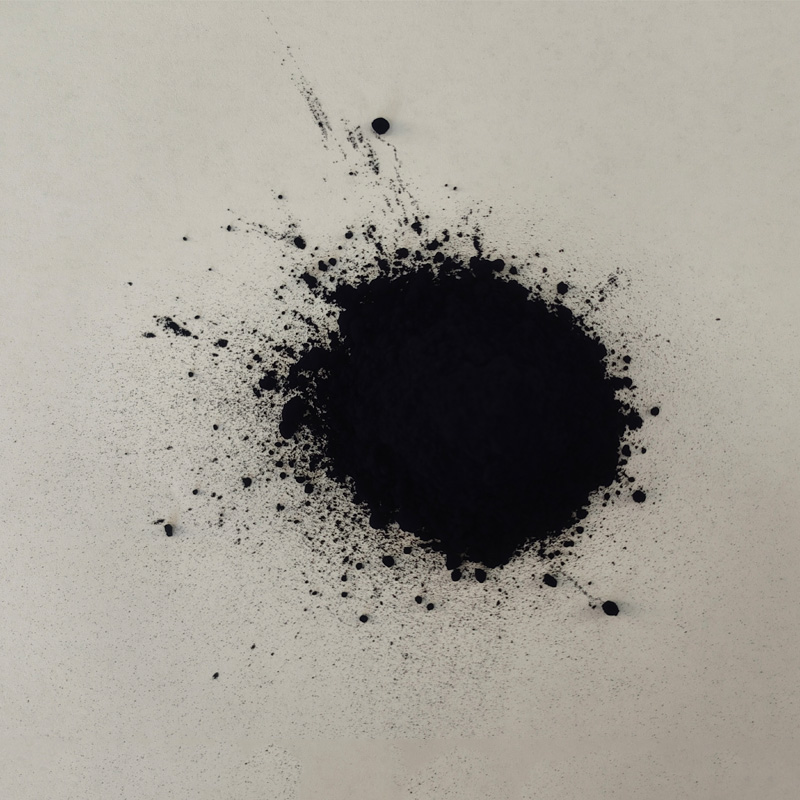Natural Indigo Dye Powder for Vibrant and Eco-Friendly Textile Coloring Solutions
The Vibrant World of Natural Indigo Dye Powder
In an era where sustainability and eco-friendliness are becoming paramount, natural indigo dye powder has emerged as a popular choice for artisans and enthusiasts seeking a deep connection with tradition and nature. Derived from the indigo plant, this natural dye boasts a rich history that spans thousands of years, making it not only a versatile colorant but also a significant cultural artifact.
Historical Context
The use of indigo dye can be traced back to ancient civilizations. Evidence of indigo dyeing practices has been found in archaeological sites across Egypt, India, and China, dating back to as early as 2500 BC. It was highly valued not only for its striking blue color but also for its ability to resist fading. In fact, the term indigo comes from the Latin word indicum, meaning from India, highlighting the significance of this dye in trade and culture.
Throughout history, indigo was one of the most sought-after dyes for textiles, often reserved for royalty and the elite. The labor-intensive process of extracting the dye from plants made it expensive and exclusive. In many cultures, indigo dyeing became an integral part of local traditions, with specific techniques and patterns passed down through generations.
The Extraction Process
The production of natural indigo dye powder involves several meticulous steps. The primary source of indigo dye comes from plants belonging to the Indigofera genus, although other plants, like woad and certain種類 of blue-flowering plants, can produce indigo as well.
1. Harvesting Indigo plants are typically harvested when their leaves are at their peak. This is usually in the late summer when the foliage is lush.
2. Fermentation After harvesting, the leaves are soaked in water to initiate fermentation. This process breaks down the glucoside compounds in the leaves, releasing indigo dye.
3. Precipitation Once the fermentation is complete, the liquid is agitated to allow indigo to precipitate out. The indigo settles at the bottom, forming a thick sludge.
4. Drying The sludge is then washed and dried to produce indigo cakes or powder. This powder is what is commonly used in modern dyeing practices.
The entire process emphasizes the importance of sustainable practices, as it relies on natural resources and avoids harmful chemicals typically found in synthetic dyes
.natural indigo dye powder products

Applications of Natural Indigo Dye
Natural indigo dye powder has a wide range of applications beyond traditional textile dyeing. Craftsmen and DIY enthusiasts use it for
- Textile Dyeing Cotton, silk, and wool can all be dyed using natural indigo, providing garments and fabrics with a unique and rich hue that is deep and long-lasting.
- Artistic Projects Indigo dye is popular in batik and shibori techniques, where fabric is resist-dyed to create intricate patterns.
- Cosmetics and Body Art Some cultures use indigo for body art and cosmetic applications, drawing on its natural coloring properties.
- Natural Pigment in Art Artists appreciate the color quality of natural indigo, using it in watercolors and other mediums to create stunning bluish shades.
The Eco-Friendly Movement
In recent years, the shift towards sustainable and natural products has led to a resurgence in the popularity of natural indigo dye powder. Consumers are increasingly aware of the environmental impact of synthetic dyes, which often contain toxic chemicals and generate wastewater that can harm ecosystems. Natural indigo, on the other hand, is biodegradable and, when produced sustainably, leaves a minimal environmental footprint.
Support for local artisans and traditional dyeing methods also adds an ethical dimension to using natural indigo. By choosing natural options, consumers are helping to preserve age-old crafting techniques and support local economies.
Conclusion
Natural indigo dye powder not only offers a vibrant color for a variety of creative applications but also carries a legacy that is intrinsically tied to human history and culture. Embracing this natural dye means acknowledging its historical significance, understanding its sustainable production, and appreciating the artistry that comes with its use. As the world increasingly moves towards responsible consumption, the allure of natural indigo continues to shine, providing a beautiful intersection of art, culture, and sustainability. Whether you're an artist, a fashion designer, or a DIY enthusiast, indulging in the vibrant world of natural indigo dye powder can lead to creations that are as meaningful as they are beautiful.
-
The Timeless Art of Denim Indigo Dye
NewsJul.01,2025
-
The Rise of Sulfur Dyed Denim
NewsJul.01,2025
-
The Rich Revival of the Best Indigo Dye
NewsJul.01,2025
-
The Enduring Strength of Sulphur Black
NewsJul.01,2025
-
The Ancient Art of Chinese Indigo Dye
NewsJul.01,2025
-
Industry Power of Indigo
NewsJul.01,2025
-
Black Sulfur is Leading the Next Wave
NewsJul.01,2025

Sulphur Black
1.Name: sulphur black; Sulfur Black; Sulphur Black 1;
2.Structure formula:
3.Molecule formula: C6H4N2O5
4.CAS No.: 1326-82-5
5.HS code: 32041911
6.Product specification:Appearance:black phosphorus flakes; black liquid

Bromo Indigo; Vat Bromo-Indigo; C.I.Vat Blue 5
1.Name: Bromo indigo; Vat bromo-indigo; C.I.Vat blue 5;
2.Structure formula:
3.Molecule formula: C16H6Br4N2O2
4.CAS No.: 2475-31-2
5.HS code: 3204151000 6.Major usage and instruction: Be mainly used to dye cotton fabrics.

Indigo Blue Vat Blue
1.Name: indigo blue,vat blue 1,
2.Structure formula:
3.Molecule formula: C16H10N2O2
4.. CAS No.: 482-89-3
5.Molecule weight: 262.62
6.HS code: 3204151000
7.Major usage and instruction: Be mainly used to dye cotton fabrics.

